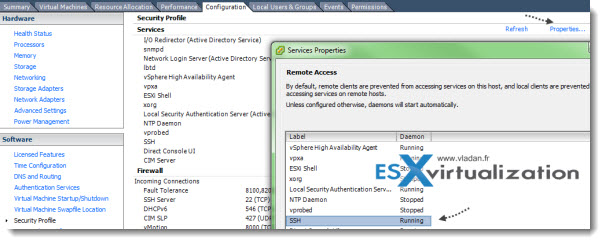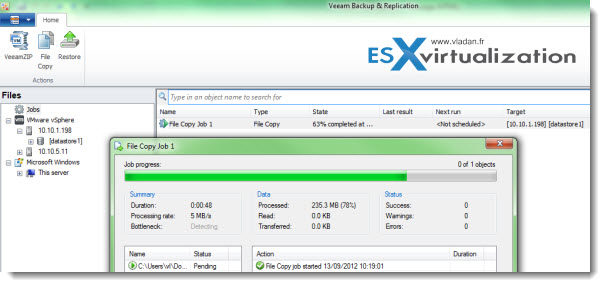Updating VMware Tools fails with the error: Update Tools failed. Edit the virtual machine’s vmx file (2007298)
Symptoms
You are unable to update VMware Tools.
Updating VMware Tools fails.
You see the error:
Update Tools failed. Edit the virtual machine’s vmx file, add the line below and try again. Please read KB article 1714 on tips for editing a vmx file.
isolation.tools.guestInitiatedUpgrade.disable = “FALSE”
Cause
This issue occurs because, for security purposes, updating VMware Tools from within the guest is disabled by default.
Resolution
To resolve this issue, enable VMware Tools updates from within the guest by updating the virtual machine configuration file.
To update the virtual machine configuration file:
In Fusion, Player, or Workstation
Shut down the virtual machine if it is running.
Open the virtual machine configuration file (.vmx) using a text editor. For more information, see:
Fusion: Editing the .vmx file for your Fusion virtual machine (1014782)
Workstation: Tips for editing a .vmx file (1714)
Add this line to the end of the file:
isolation.tools.guestInitiatedUpgrade.disable = “FALSE”
Save and close the .vmx file.
Power on the virtual machine.
Start the VMware Tools upgrade within the guest operating system.
In ESXi/ESX using the vCenter Server GUI
Shut down the virtual machine if it is running.
Open the datastore browser and navigate to the virtual machine directory.
Using the GUI option, download the .vmx to your local desktop.
Create a backup of the .vmx on your local workstation.
Open the .vmx file using a text editor and add this line to the end of the file:
isolation.tools.guestInitiatedUpgrade.disable = “FALSE”
Note: For more information, see Tips for editing a .vmx file (1714).
When saved, upload the file via the datastore browser GUI.
Power on the virtual machine.
Verify functionality before deleting the .vmx backup on your local workstation.
Start the VMware Tools upgrade within the guest operating system.
In ESXi/ESX using the command line
Shut down the virtual machine if it is running.
Open an SSH session to a host. For more information, see Using ESXi Shell in ESXi 5.0 and 5.1 (2004746) or Using Tech Support Mode in ESXi 4.1 and ESXi 5.x (1017910).
Navigate to the virtual machine directory.
Run this command to create a backup of the .vmx file:
cp .vmx .vmx.backup
Open the .vmx file with a text editor and add this line to the end of the file:
isolation.tools.guestInitiatedUpgrade.disable = “FALSE”
Note: For more information, see Editing files on an ESX host using vi or nano (1020302).
Power on the virtual machine.
Verify the virtual machine is functional before deleting the backup file. To delete the backup file, run the command:
– rm .vmx.backup
Start the VMware Tools upgrade within the guest operating system.
Additional Information
Note: To work around this issue, connect directly to the ESXi/ESX host or the vCenter Server and upgrade VMware Tools on the virtual machine. For more information, see General VMware Tools installation instructions (1014294).
Tags
cannot-install-tools install-vmware-tools-fails vmware-tools-install-fails vmware-tools-install-upgrade-fails vmware-tools-upgrade-fails upgrading-vmware-tools-fails missing-setting
See Also
General VMware Tools installation instructions
Editing the .vmx file for your VMware Fusion virtual machine
Using Tech Support Mode in ESXi 4.1 and ESXi 5.x
Editing files on an ESX host using vi or nano
Tips for editing a .vmx file
Using ESXi Shell in ESXi 5.0 and 5.1
Update History
2/27/2012 – Added steps to edit .vmx in ESXi
04/01/2013 – Added information about cause.
09/06/2013 – Added VMware Player 6.x (Windows & Linux) and Workstation 10.x (Windows & Linux) and Fusion 6.x to Product Versions.
via VMware KB: Updating VMware Tools fails with the error: Update Tools failed. Edit the virtual machine’s vmx file.












